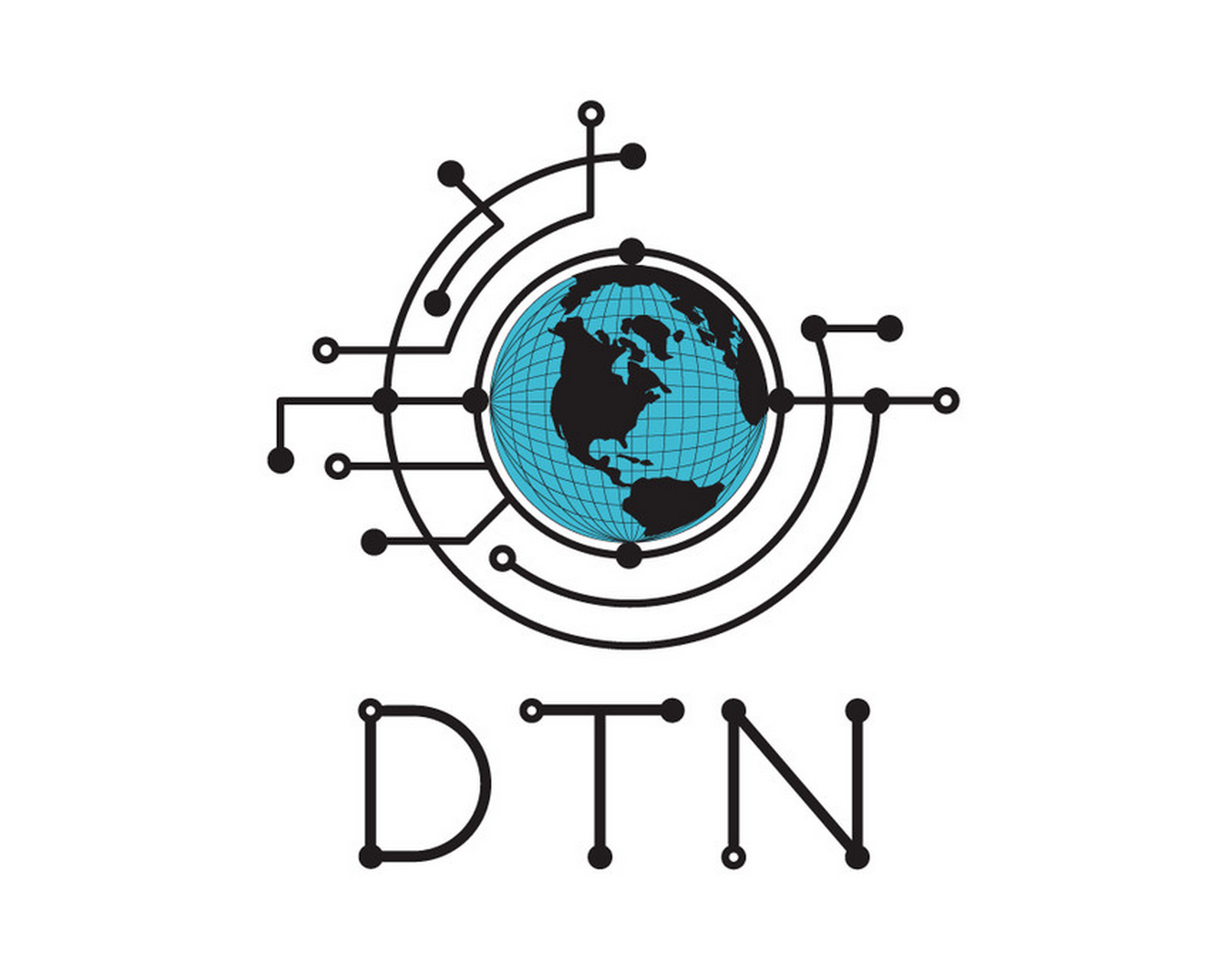TaNCAD Projects
Descriptions of TaNCAD research projects and study topics.
Operational Resilience Analysis of Telecommunications Infrastructure in the US Virgin Islands. Department of Homeland Security (DHS) Federal Emergency Management Agency (FEMA).
This project provides modeling, analysis, and subject matter expertise to the Infrastructure Systems (IS) Recovery Support Function (RSF) and the Community Planning and Capacity Building RSF following Hurricane Irma and Hurricane Maria in the territory of the US Virgin Islands. Specifically, this project proposes (1) ongoing modeling and analysis of telecommunications infrastructure systems within the territory, with emphasis on assessing and improving their operational resilience; (2) support for the development of a next-generation hazard mitigation and resilience plan in the territory; and (3) capacity building efforts via the development of an education and training pipeline for knowledgeable professionals who understand and think about hazard mitigation and operational resilience of the USVI in everything they do. This project is part of a larger effort that includes all critical infrastructure systems (e.g. water, power, and transportation) by the NPS Center for Infrastructure Defense.
Predicting Network Performance in Challenged Environments. Analysis of heterogeneous tactical wireless (including SATCOM) networks across a wide rage of real-world scenarios.
This project utilizes a simulation-based approach to evaluate a wide range of proposed networking solutions on both real scenarios and synthetically generated scenarios. These scenarios are highly varied, including recreations of the USMC Bold Alligator exercises, the Omaha Beach amphibious landings, and swarms of fixed-wing drones. Synthetic scenarios are engineered to challenge the routing and transport protocols by introducing disruptions designed to cause packet loss, outages, or topology variations.

net.tagger. Run the net.tagger mobile-phone app to easily "tag" network infrastructure.
At the heart of our digital worlds is a rich physical infrastructure: wires, fibers, conduits, radio towers, and data centers. net.tagger is a community-driven project to obtain maps of this physical communications infrastructure. Users download and run an Android app, available on Google Play. Anytime you see a piece of interesting infrastructure, net.tagger lets you "tag": it snaps a picture, makes a note of the latitude/longitude, and uploads the result. The net.tagger site aggregates all of these crowdsourced measurements to build a global map of network infrastructure. The net.tagger project is co-developed with the CMAND Lab.
DTN Technical Readiness. Performance evaluation of RFC 5050 implementations.
This project evaluates the tradeoffs between the currently available DTN software implementations and seeks to identify the one with the highest technical readiness level, as well as any barriers to adoption that may be present.

USMC NOTM DTN Integration. Analysis of DTN suitability for incorporation into the USMC NOTM program.
The objective of this project is to assist SPARWAR Systems Center Pacific in evaluating possible approaches to adding a disruption-tolerant networking (DTN) functionality to the Network on the Move (NOTM) communication systems that are currently being fielded by USMC.

DTN-cum-IP Integration. USMC DTN Engineering and Integration Support.
Native IP networks are ill-equipped to handle the communication challenges found in wireless communication environments, resulting in communications outages that degrade command & control data flow and subject the user to disconnection, timeouts, and repeated login requests. We counter these limitations by integrating Disruption-Tolerant Networking (DTN) technology into the IP network using software+hardware or software-only solutions as appropriate.


